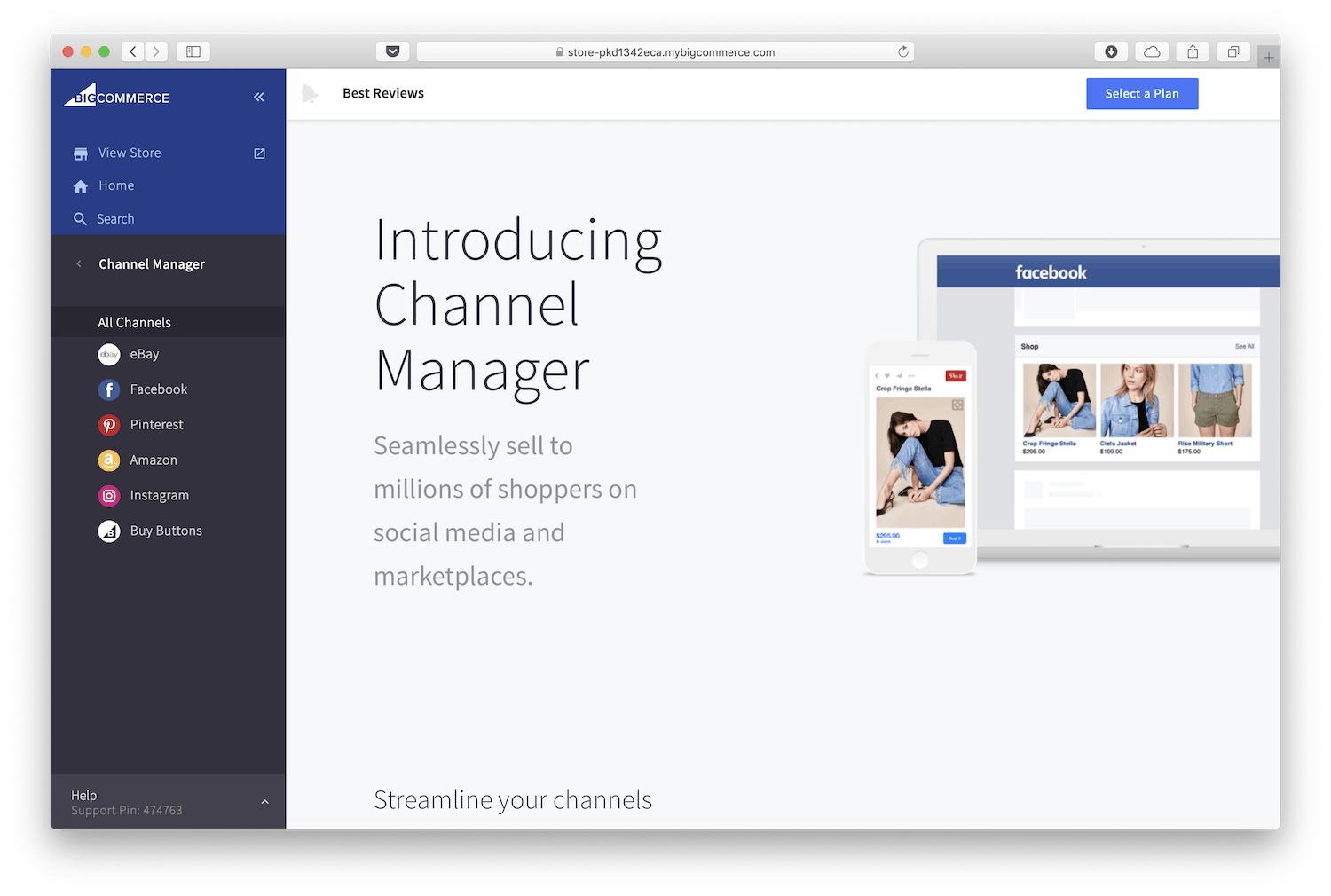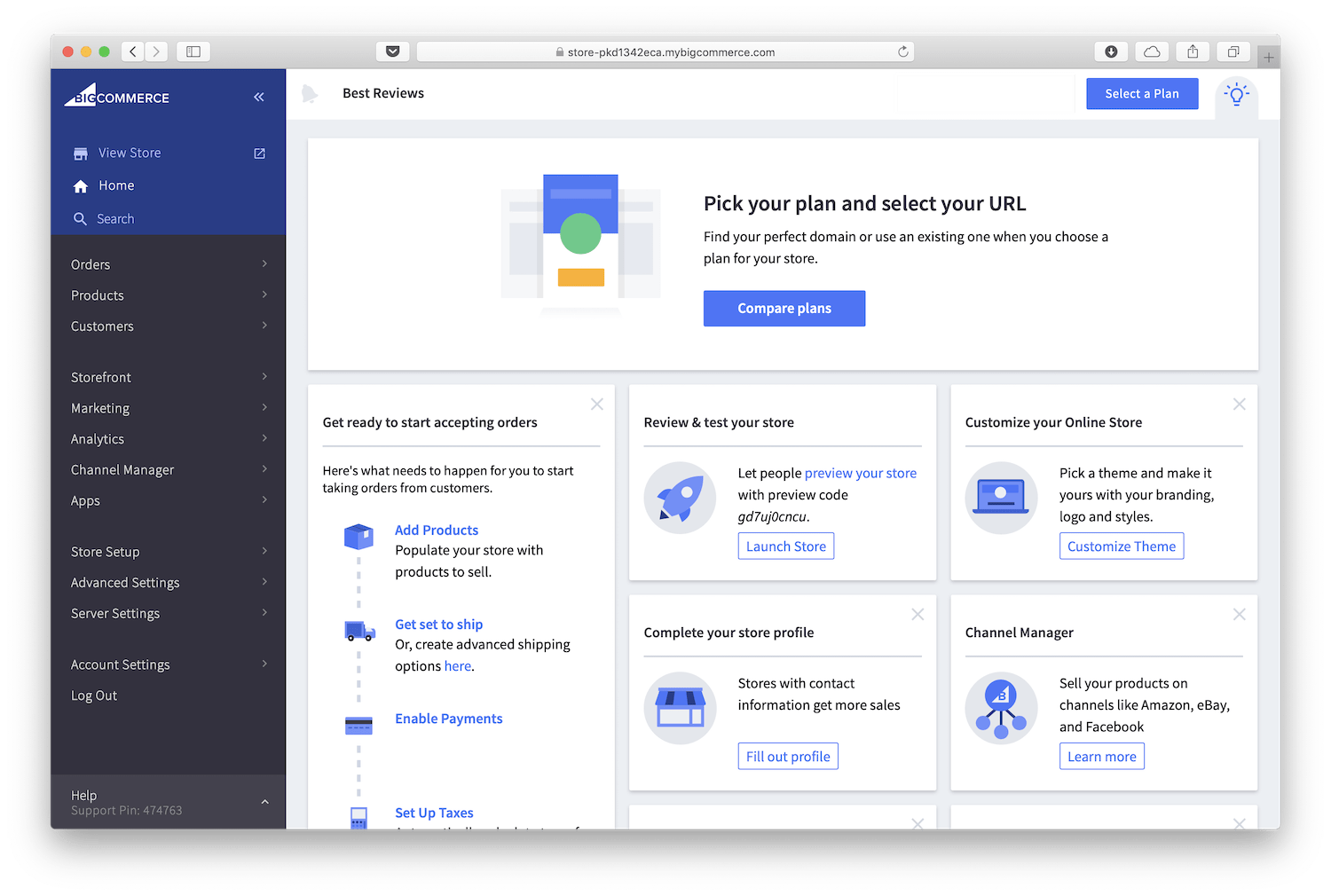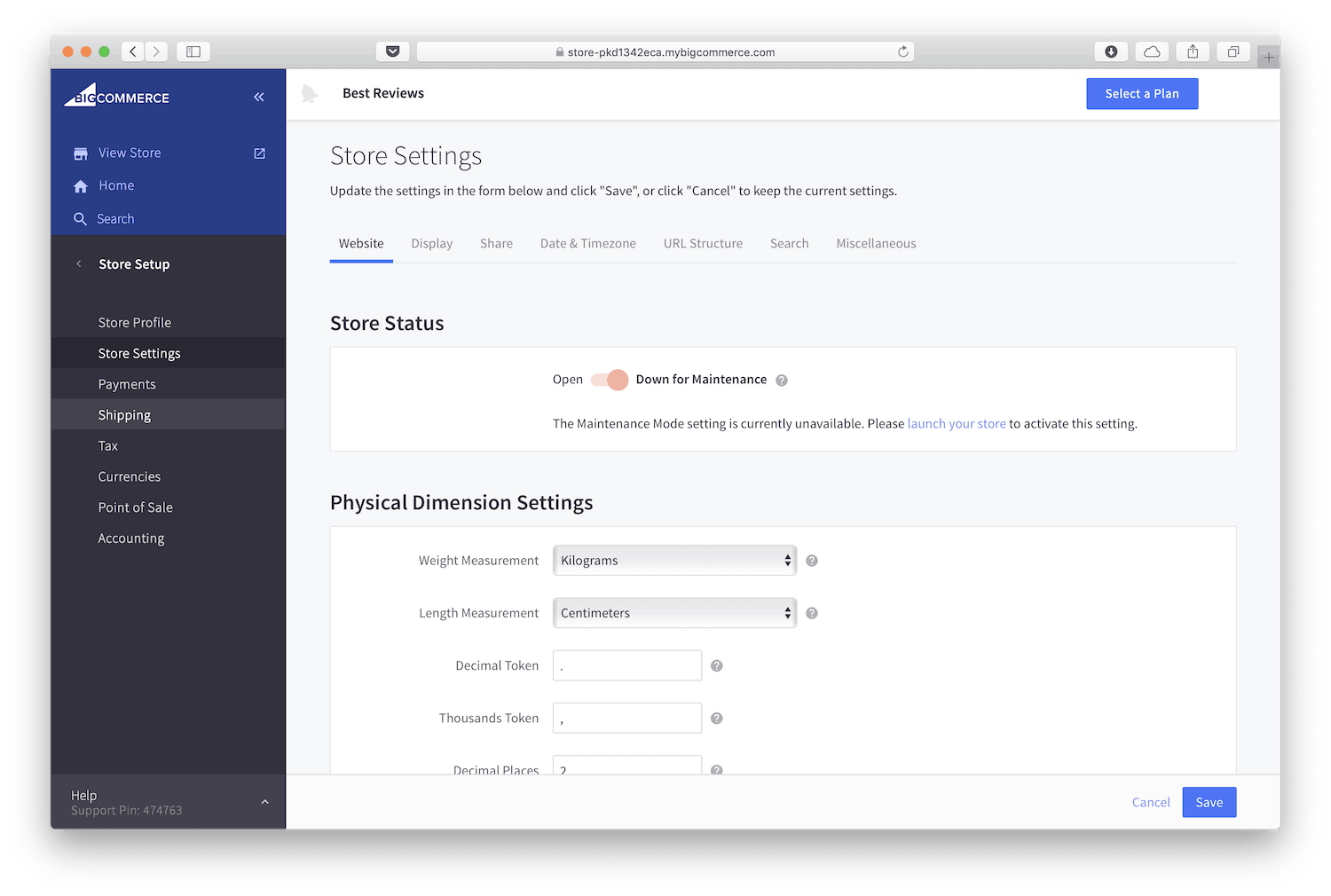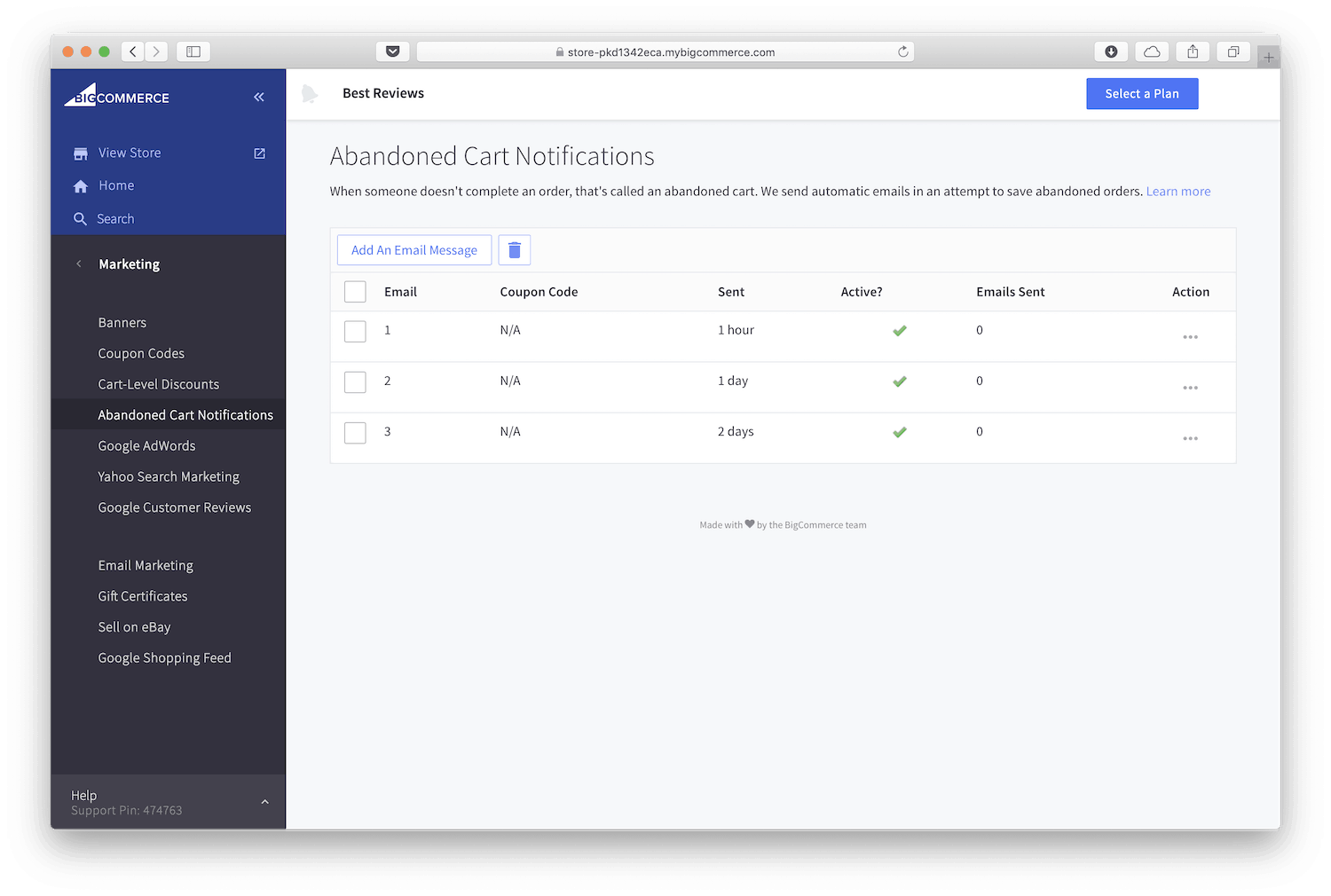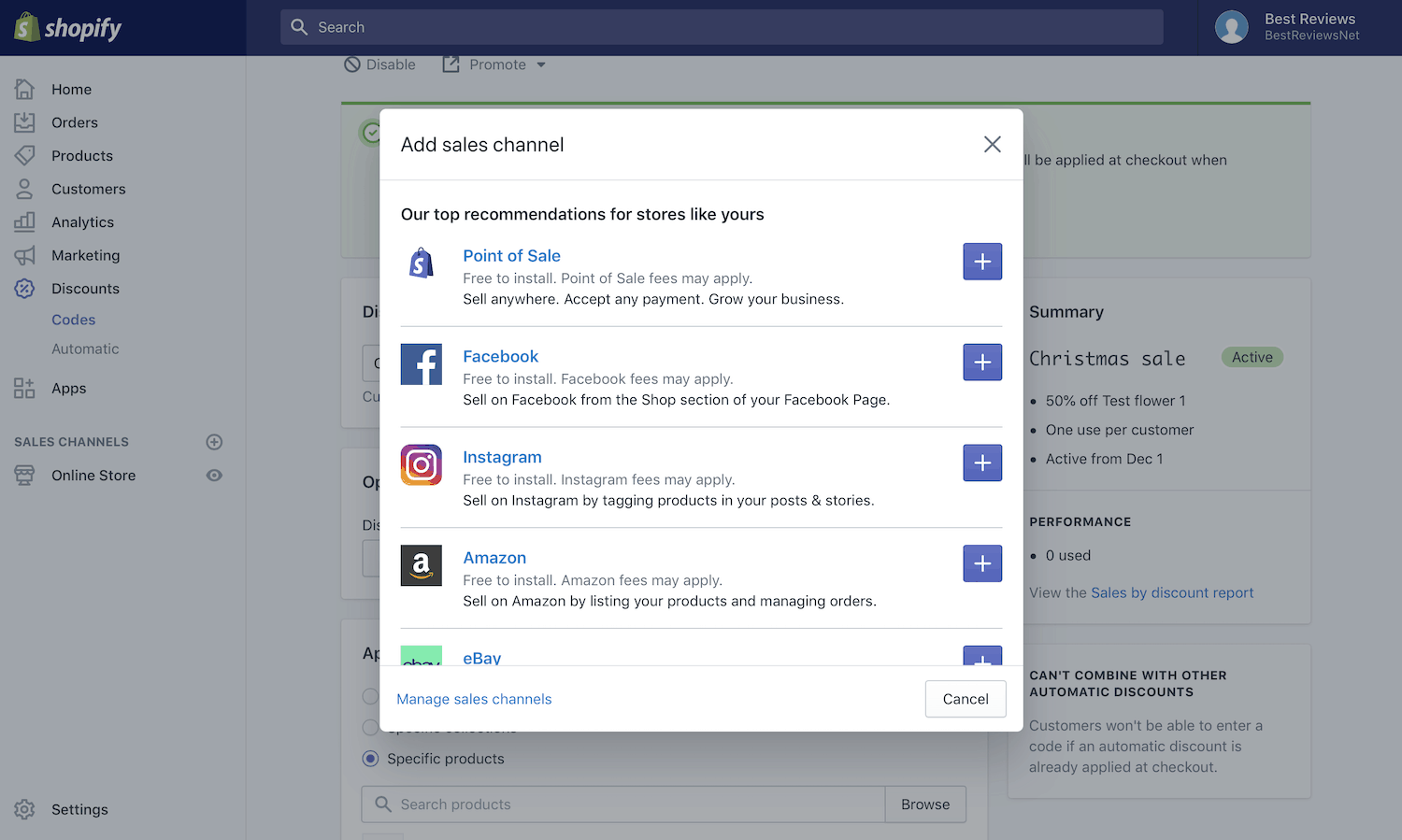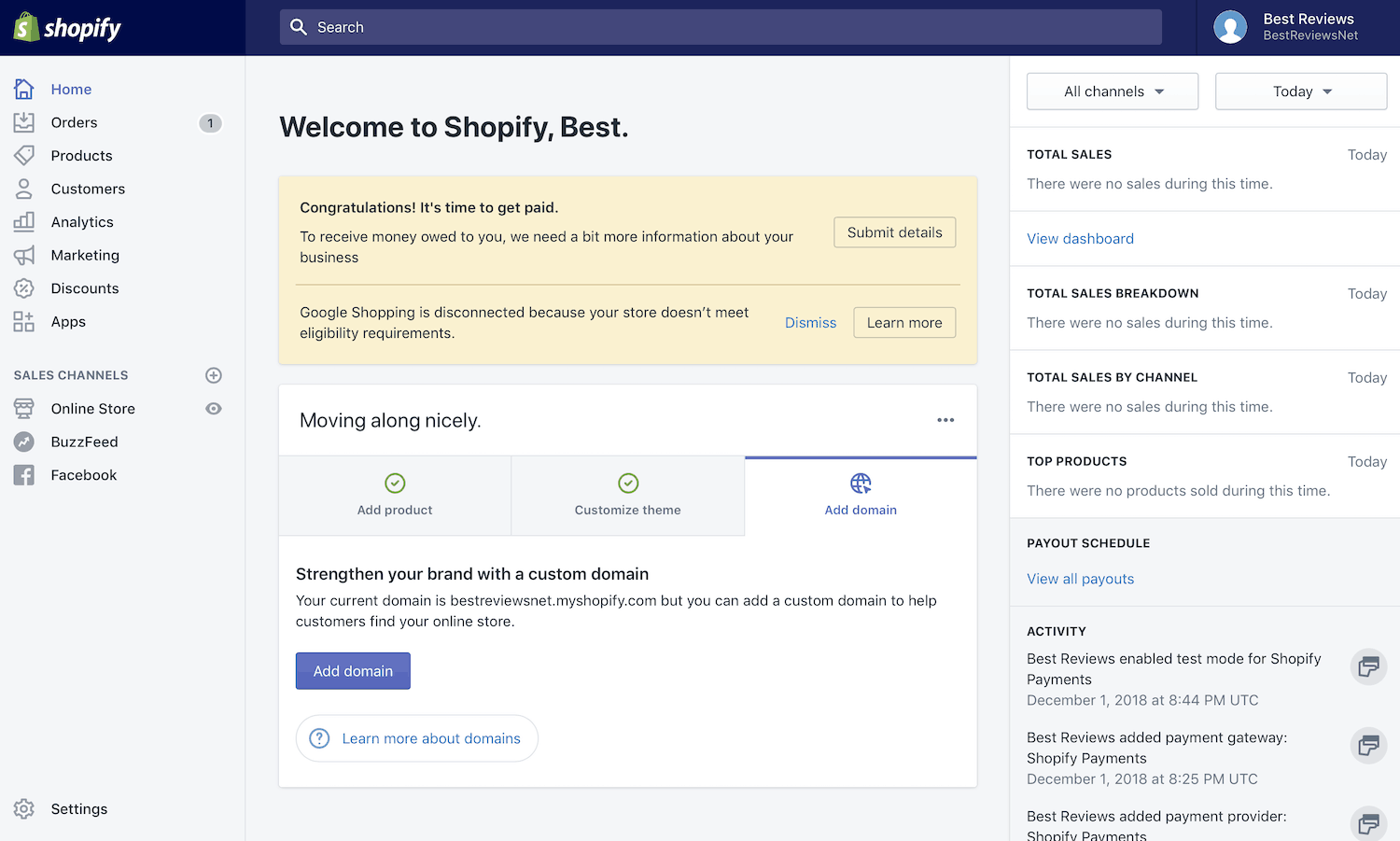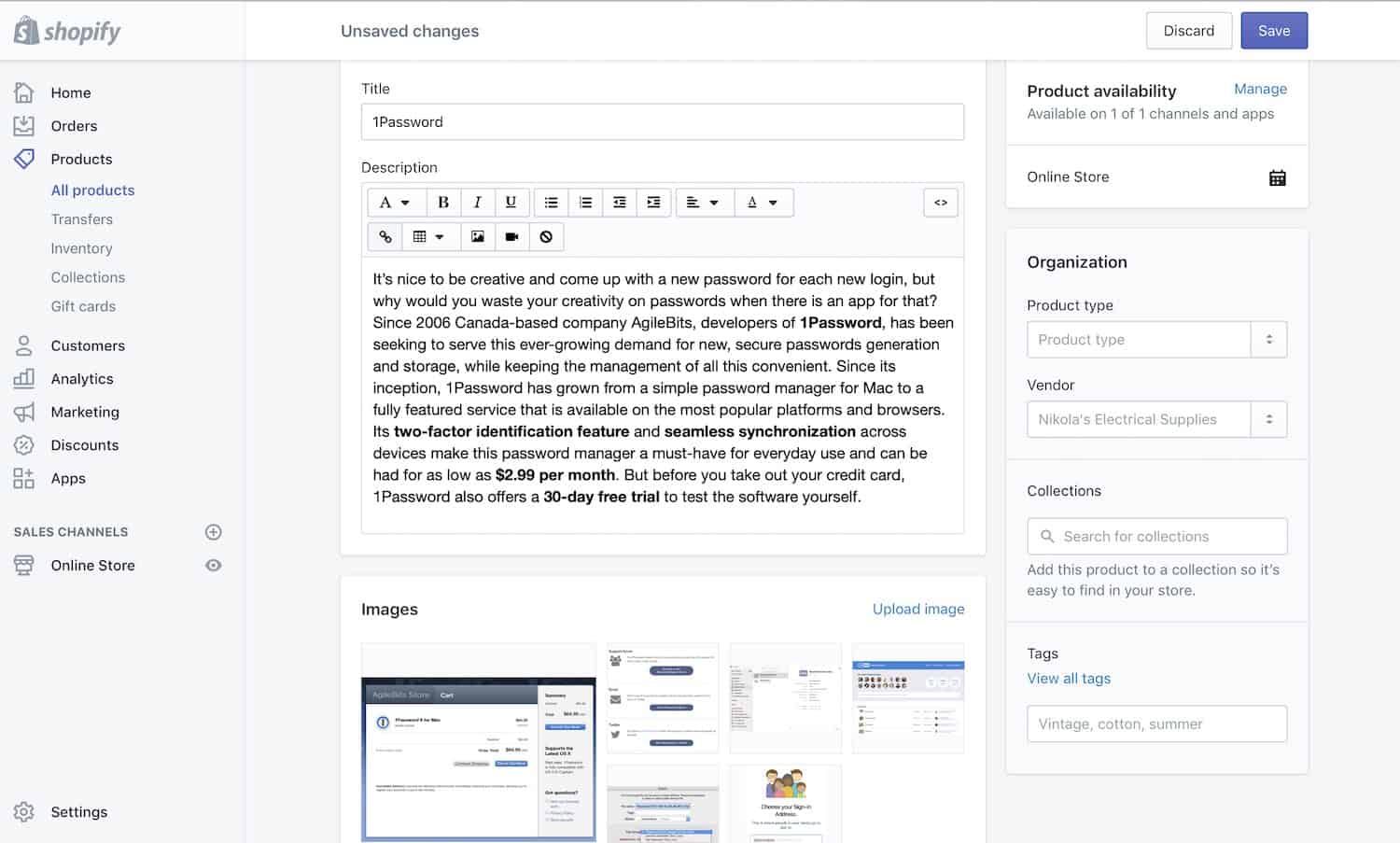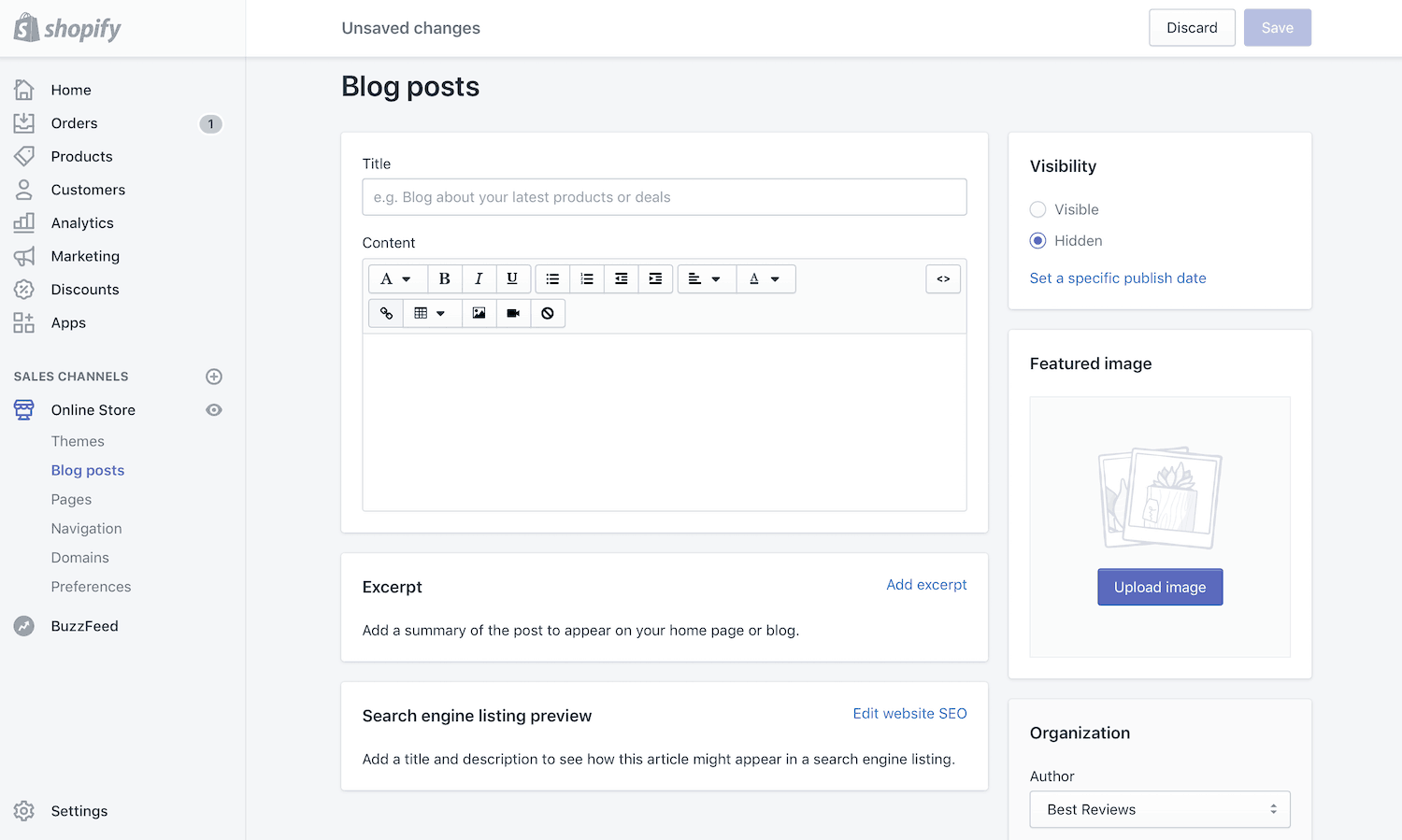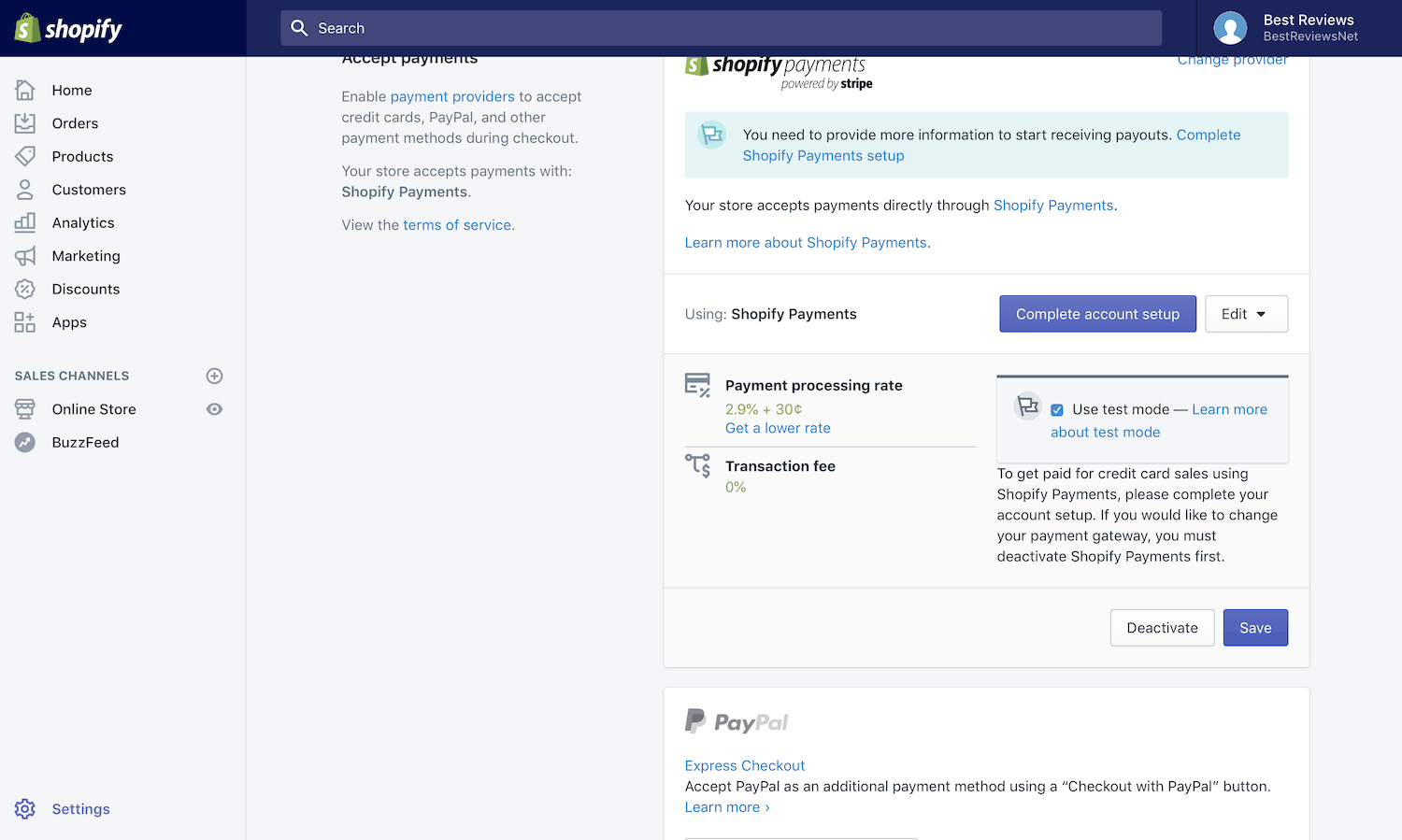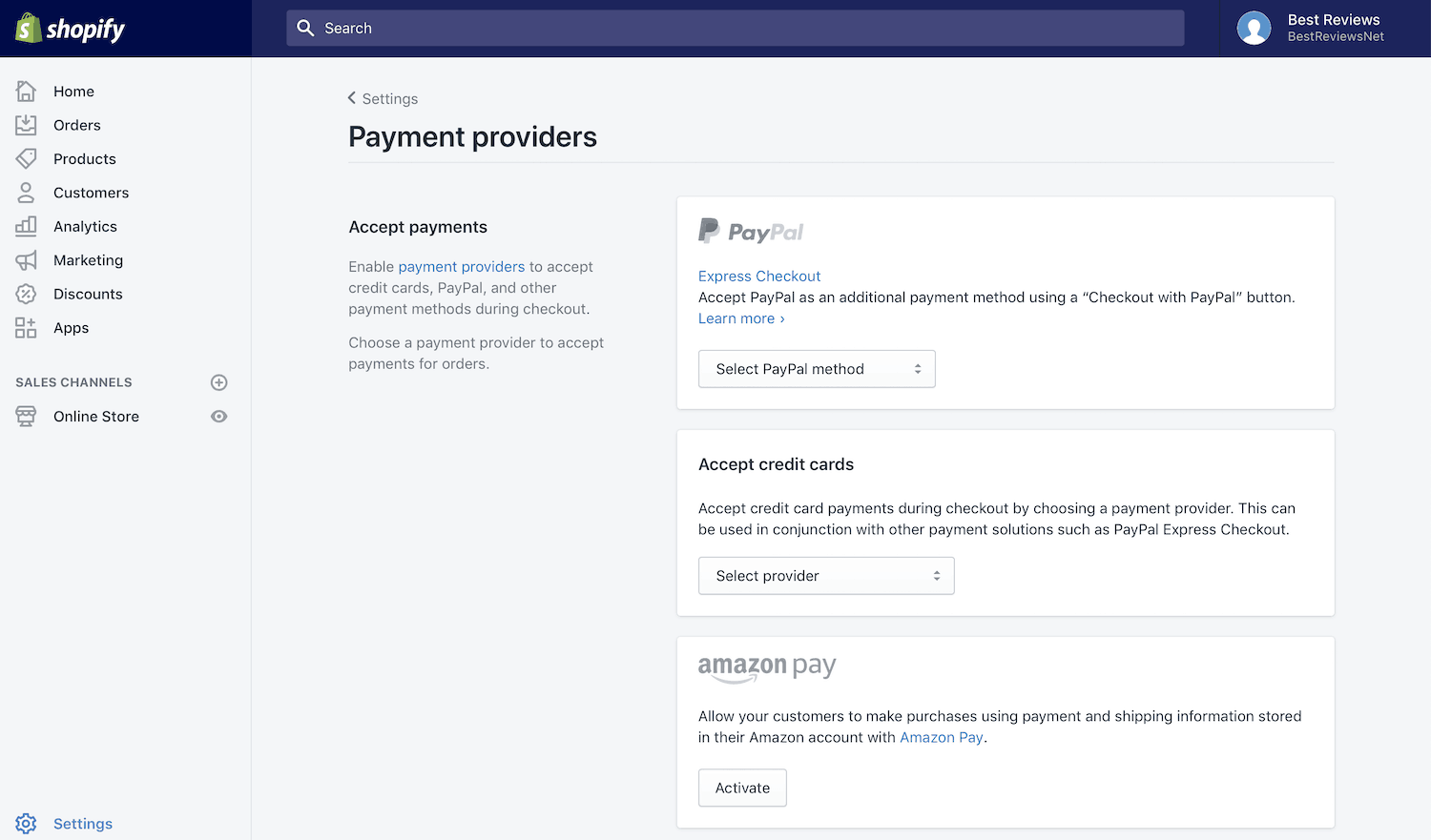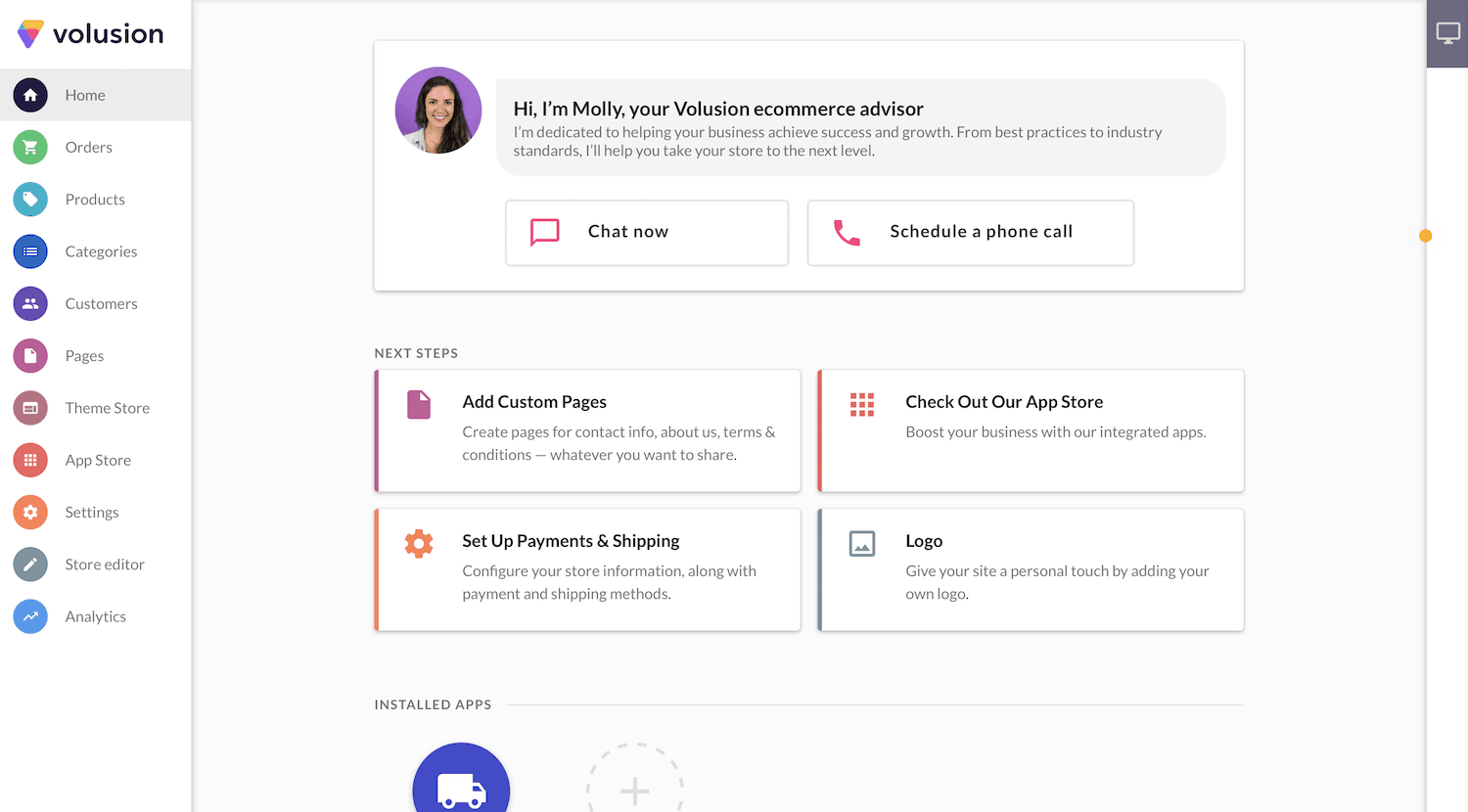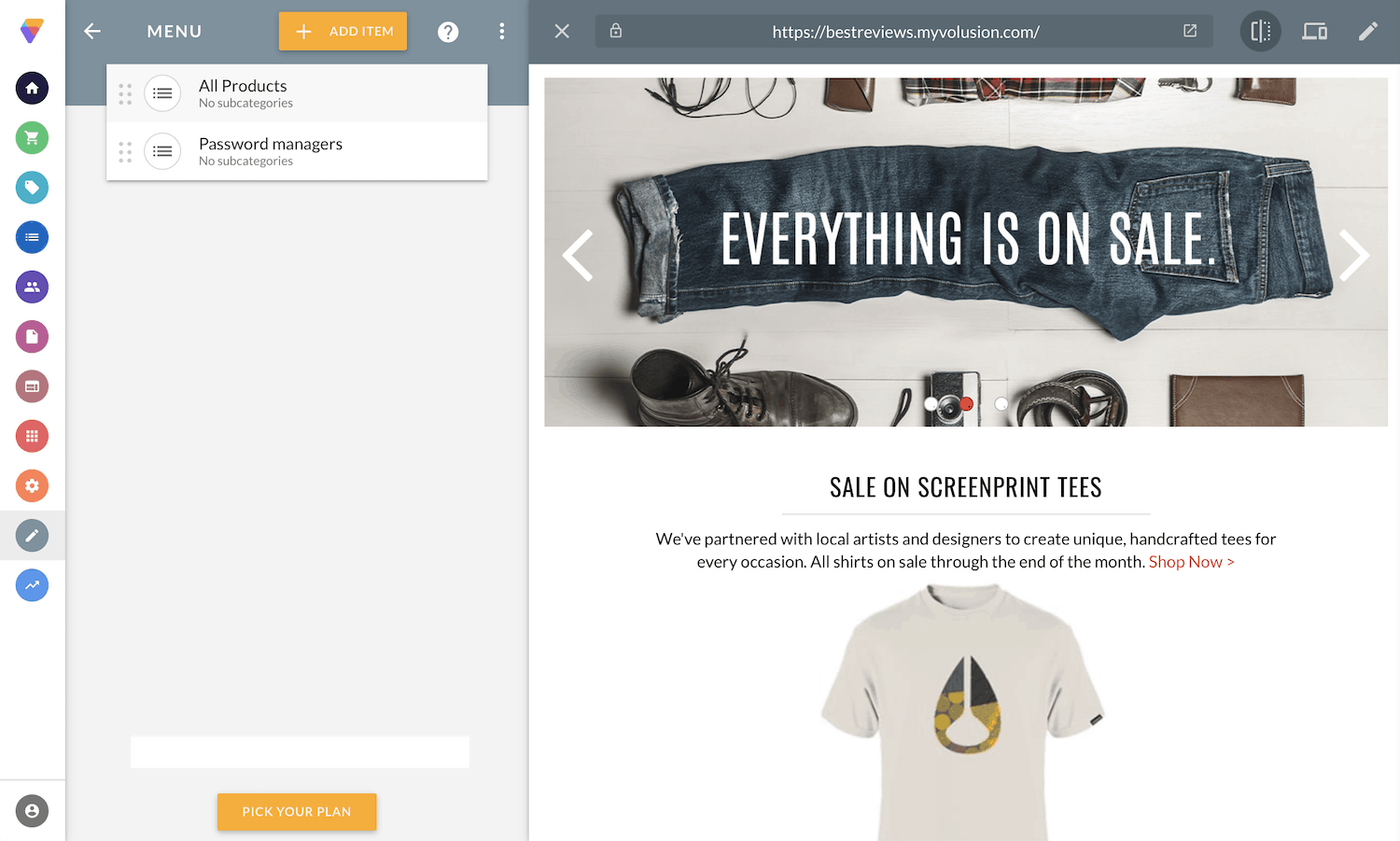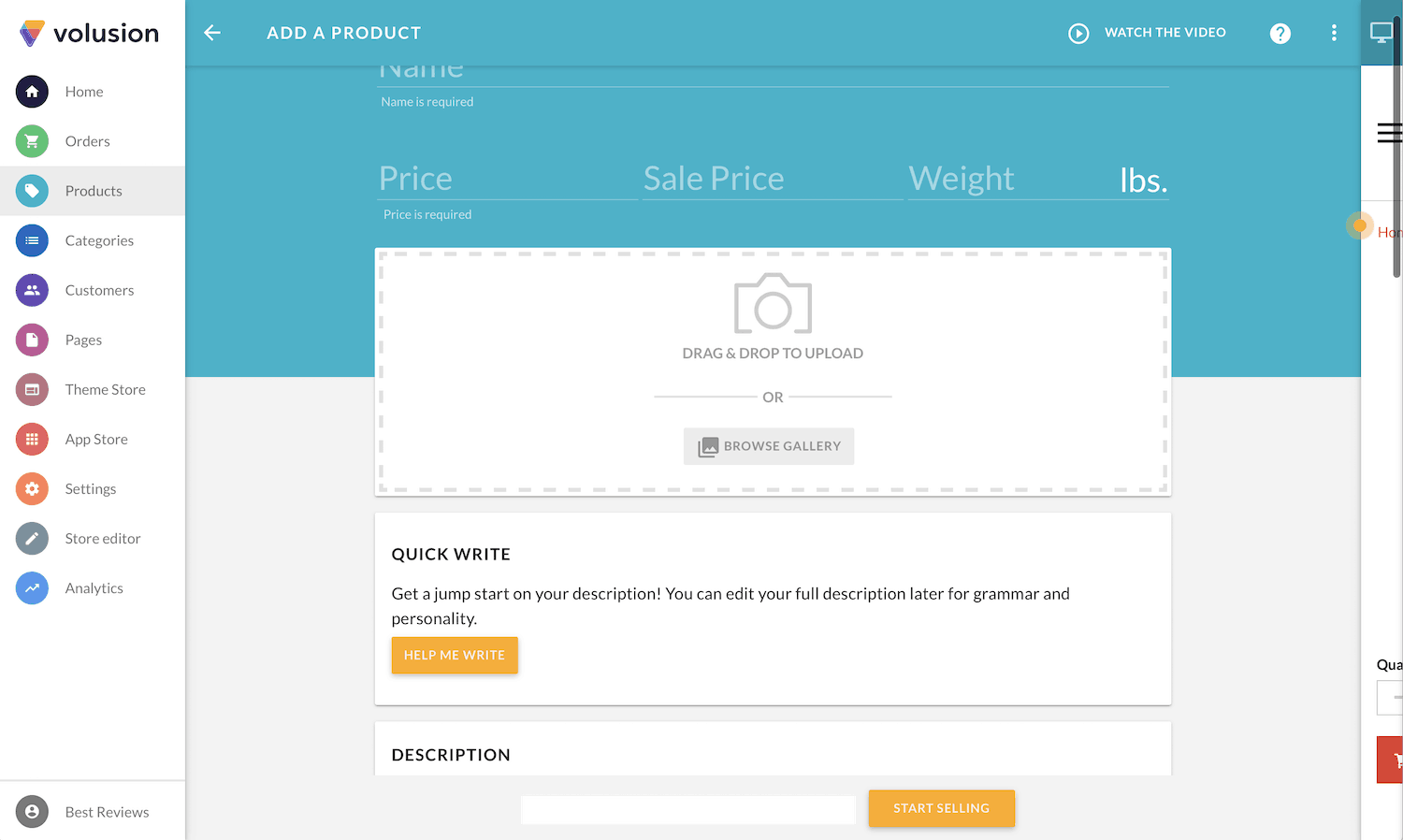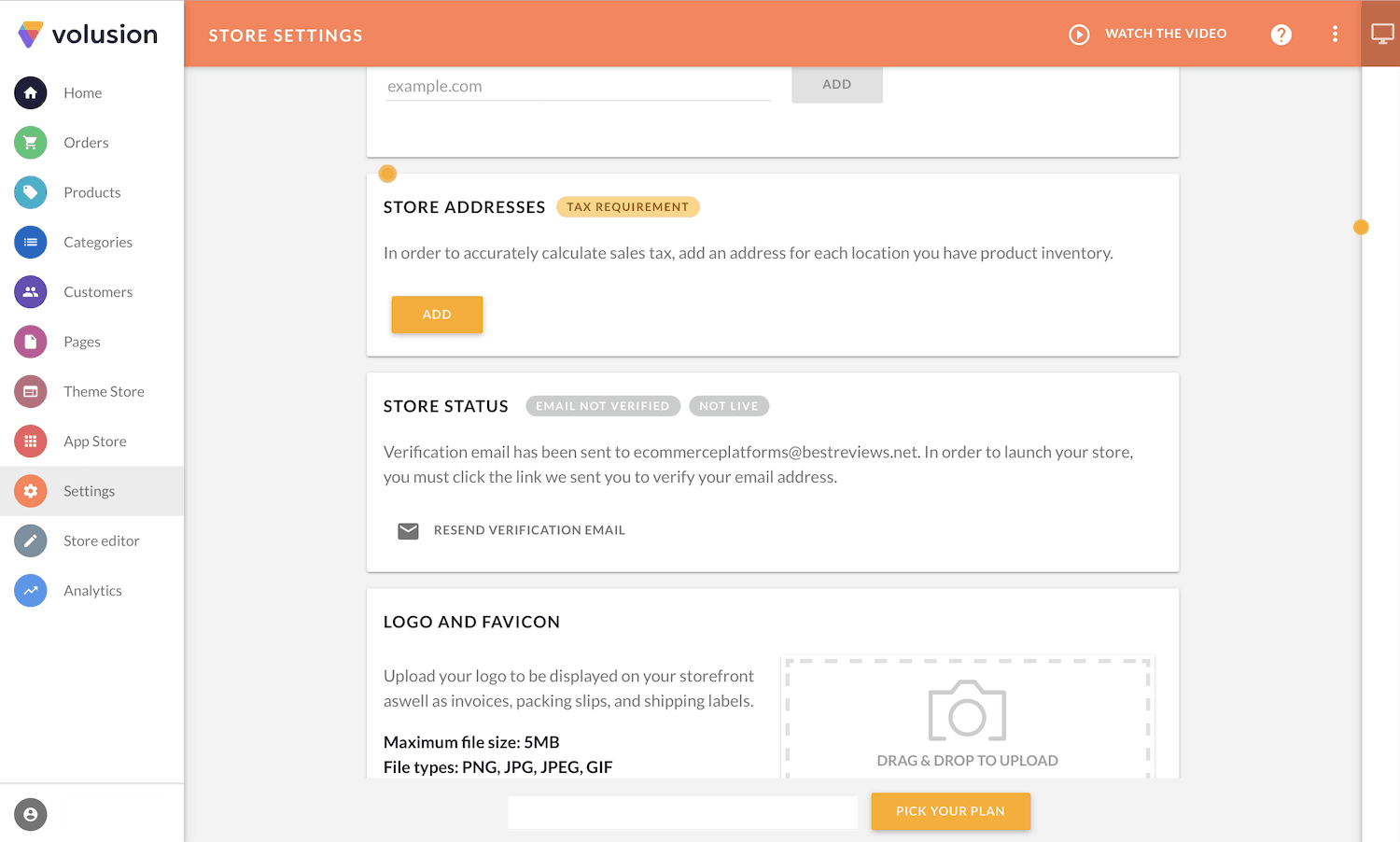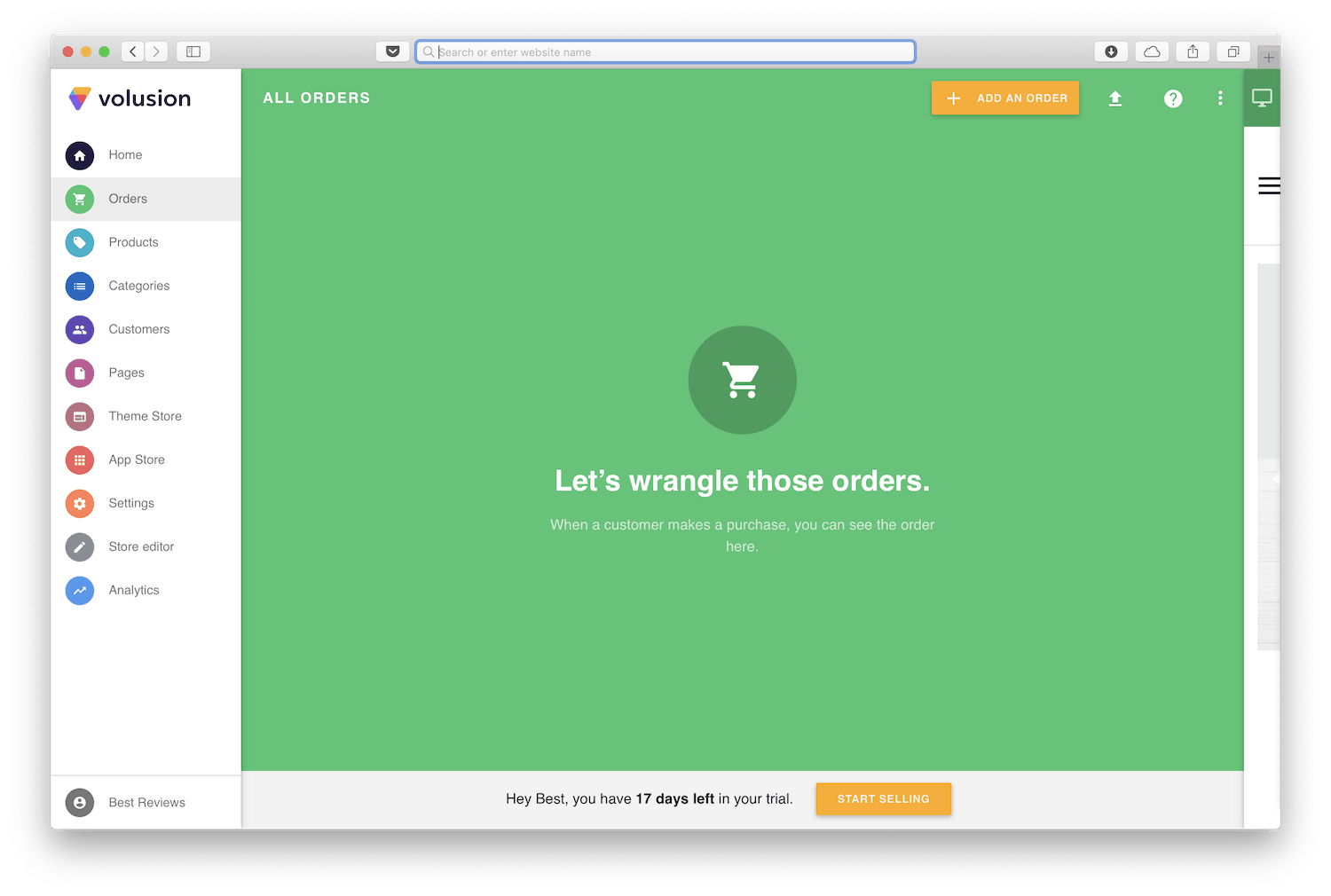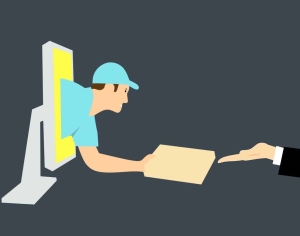 Before you fall for headlines promising easy money by starting a dropshipping business, there are a few things that need clarification in order to prevent yourself looking through rose-colored glasses. If we were to describe dropshipping in one sentence, it’d be that it's like a physical retail store where no products are in stock, but rather the customer chooses from a catalog and has the product delivered to the door. In other words, the merchant never actually keeps an inventory but instead purchases it on demand from a third party, who will then ship it directly to the customer with the logo and brand of the retailer. The third party fulfilling the order is usually a wholesaler or a manufacturer.
Before you fall for headlines promising easy money by starting a dropshipping business, there are a few things that need clarification in order to prevent yourself looking through rose-colored glasses. If we were to describe dropshipping in one sentence, it’d be that it's like a physical retail store where no products are in stock, but rather the customer chooses from a catalog and has the product delivered to the door. In other words, the merchant never actually keeps an inventory but instead purchases it on demand from a third party, who will then ship it directly to the customer with the logo and brand of the retailer. The third party fulfilling the order is usually a wholesaler or a manufacturer.
The Best Ecommerce Platforms for Dropshipping
While the dropshipping business model has various benefits such as the need for less capital, the ease of getting started, and a flexible location, selecting the best hosted ecommerce software is key to your success. That's why we've selected three platforms to match the needs of any dropshipping business.
1. BigCommerce
One of the most versatile ecommerce platforms built to support dropshipping is BigCommerce. With a starting price of $29.95 per month, users get access to all the must-have tools that they need to get their online storefront up and running within a very short time frame. After selecting a theme and customizing it, you’ll be ready to hit the BigCommerce marketplace to add the plugins needed for dropshipping.
The ecommerce platform currently supports seven such apps (e.g. Printful, Inventory Source, or AliExpress Dropshipping). By selecting any of the available apps, users can automate the product upload (both images and descriptions) and get immediate access to inventory numbers, a key element of a successful store. Selecting the right app with BigCommerce is a question of personal choice. Inventory Source, for example, promises to give users access to an integrated supplier network of 180 suppliers.
2. Shopify
The best thing when using Shopify is the wide variety of apps available in the marketplace, dropshipping services included. While you can manage products and track inventory manually, these apps – which includes Inventory Source, Dripshipper, Spocket and the like – use the power of technology to automate the whole process. By signing up for a Shopify plan, you are essentially opening a door to great opportunities that will generate profit. In essence the platform provides all the tools to create a stunning online storefront, but in order to launch your dropshipping business you will need to install one of the dropshipping apps.
The good thing about Shopify's pricing is that it doesn't force its users into a certain subscription plan. Users can start with the lowest $9 per month plan, which will give them a taste of what ecommerce is like and can upgrade only when the store's traffic requires more features that are only available via a higher-priced plan.
3. Volusion
While it's not the cheapest solution, Volusion is still a good platform for these particular needs and even provides two ways to set up with dropshipping: regular or auto-dropshipping. For $29 per month you’ll get access to both, although keep in mind that you still need to create vendors and vendor rules for each product and enable dropshipping when creating the products themselves. That's how technology comes into automating the workflow. The store that you are running will generate purchase orders and inform the vendor (your dropshipper) of what to ship, to where, and how much of it.
The main difference between standard dropshipping and auto-dropshipping is that the former requires you to send the purchase orders manually while the latter automates the process and sends the PO to the vendor for each order made through your storefront.
What is important, though, is to try to anticipate the customer's needs. There are situations when a customer requests a return, for example, so you must have a solution for such events as well.
How to Prepare to Launch Your Dropshipping Business
There are a few critical steps to consider when starting a dropshipping business. Since wholesalers or manufacturers make or break this business model, it's important to have the right setup from the very first moment of launching the online storefront. You'll likely come across fake wholesalers, so that's our first tip: to keep your eyes open and work only with genuine wholesalers. It's something that's a bit harder to accomplish, but it's doable.
Spot Fake Wholesalers
By applying a handful of simple tactics, you'll be able to spot non-genuine wholesalers or suppliers way before you sign the contract. For example, fake wholesalers are eager to charge a monthly fee only for the privilege of ordering from them. That’s not the case with supplier directories, which charge a fee for access. This is a good investment, because supplier directories screen suppliers and list only legitimate ones. If a wholesaler offers products to the public at ‘wholesale prices’, that's another good sign that you are dealing with a retailer offering products at inflated prices instead of a genuine industry player.
Keeping the above in mind, there are certain expectations you will encounter such as pre-order fees and minimum order size.
Find the Right Suppliers
While it is possible to make a sale without any help from software, it isn't without a product or service. And since you are aiming to get into dropshipping, then it has to be the former that you're looking to sell. The best way to do that is by getting right to the source, the manufacturer, because this enables advantages such as ensuring a legitimate wholesaler or, if the manufacturer doesn't deal with dropshipping, then they can at least introduce you to the wholesaler that they work with.
Working with a legitimate wholesaler brings several benefits such as gaining access to customer service with knowledge in the field that you operate in and, secondly, since most wholesalers have products from a variety of manufacturers, this will allow you to sell all the products from the supplier's catalog.
Starting Your Dropshipping Business
 Before contacting any supplier it’s a smart idea to have a legal entity, because most wholesalers and manufacturers will ask you for legal proof of the incorporated company that they will be working with. Also, it is wise to keep in mind that, like many other businesses, dropshipping requires significant commitments and a long-term perspective, so don't expect to have a five-figure income after two months of part-time work on the business. If that is what you had in mind, think again, because you'll likely be disappointed.
Before contacting any supplier it’s a smart idea to have a legal entity, because most wholesalers and manufacturers will ask you for legal proof of the incorporated company that they will be working with. Also, it is wise to keep in mind that, like many other businesses, dropshipping requires significant commitments and a long-term perspective, so don't expect to have a five-figure income after two months of part-time work on the business. If that is what you had in mind, think again, because you'll likely be disappointed.
A successful dropshipping business requires investment both in terms of time and money. Time investment could mean a lot of things, but focusing on essentials such as learning how the dropshipping business works inside and out, preparing for sales scenarios (even for the worst-case situation), and collecting information about the market and the customers you are targeting will all give you the understanding needed to succeed.
It's easy to say that you should invest a lot of money in the business right from the start because the ROI is good, but the reality is that this type of business requires less monetary investment than knowledge. If you aren't familiar with how things work on every level, then you'll likely be at the mercy of a variety of service providers such as designers and programmers, and this will cost you a lot. By opting for an ecommerce platform subscription, it is possible to start a dropshipping business with low investment and then gradually grow as the business evolves.
Selling on Other Marketplaces
Once you have an account with the wholesalers and the list of products you are going to sell is ready, the only thing that is missing is the online storefront that customers will use to make a purchase order. To fill that gap you’ll want to pick an ecommerce platform to help, and with this you’ll want either a hosted or self-hosted platform. The latter provides the advantage of offering all the necessary tools to set up an online store in just a few days, without requiring any coding skills.
Every ecommerce platform has a number of free templates to choose from that can be customized to reflect your brand. They all give users access to a variety of payment gateways and payment processors that are integrated well into the platform, so you don't have to worry about accepting payments or collecting taxes because that's also included in the software. All you need to do is customize it based on the tax requirements of the targeted area of operations.
Since all ecommerce platforms offer a free trial version, the best way to decide which one is the most suitable for your needs is to sign up for a trial account. This way it’s possible to determine whether help is needed to start the dropshipping business. It's that simple.
Best Ecommerce Platforms of 2024
| Rank | Company | Info | Visit |
1
|
 |
|
|
|
2
|
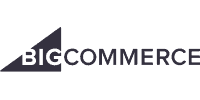 |
|
|
|
3
|
 |
|
